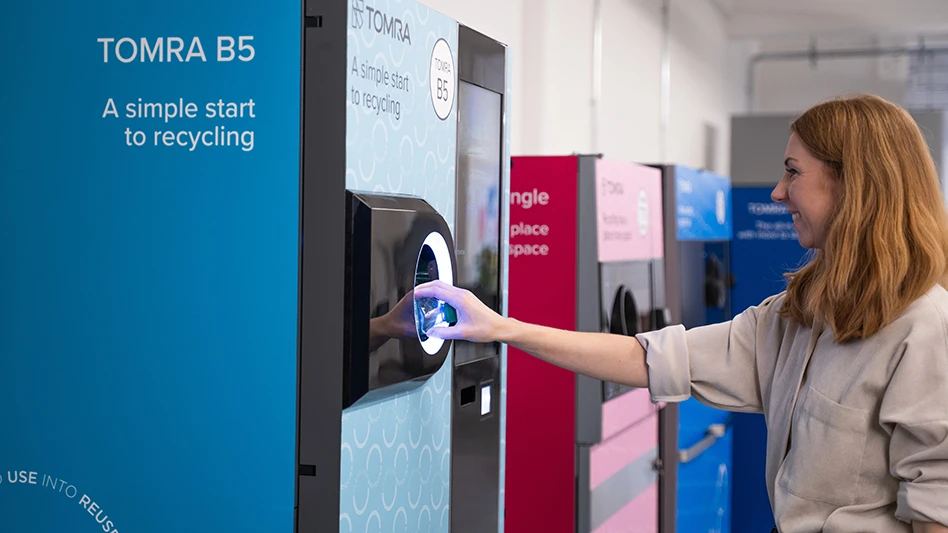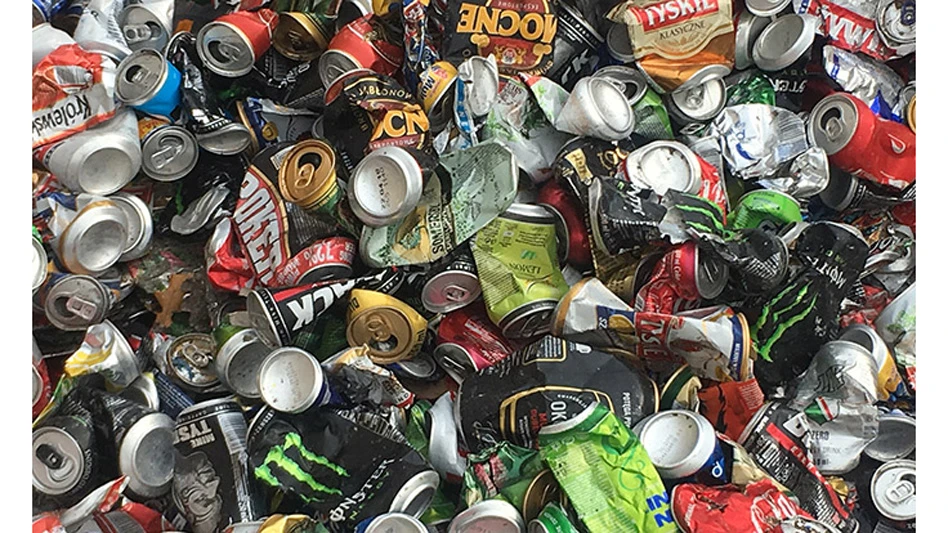
Photo provided by ASPAPEL.
A Paper Sustainability Report in Spain published by ASPAPEL (the Spanish Association of Pulp, Paper and Board Manufacturers) portrays the growing role of recycling in the nation’s paper and board sector.
The report “reflects the Spanish paper sector’s commitment to the circular economy and decarbonization, a road marked by achievements and opportunities such as the use of locally-produced, renewable and carbon-neutral raw materials; very high recycling rates, and having achieved the decoupling of carbon emissions from production growth, as well as the growing process of material substitution in which paper plays a leading role as an alternative to non-renewable and non-biodegradable products,” states Elisabet Alier, ASPAPEL board chair.
Decarbonization and managed forestry receive part of the report’s attention, along with recycling. On the recycling front, ASPAPEL writes, “Every year, Spanish paper mills recycle 5.1 million tons of used paper.”
The association says the recycling rate (paper that is recycled as raw material in paper mills as a percentage of the total consumption of paper and cardboard) in the country stands at 78 percent. In Europe, this ranks Spain behind only Germany by that measure, says ASPAPEL.
The collection effort in Spain, says the association, “guarantees that all paper collected separately and in accordance with European quality standards will be recycled in Spain.” Some 4.4 million tons of paper and board are collected for recycling annually, ASPAPEL adds.
The group continues, “A distinguishing feature of the Spanish paper industry is the use of local raw materials. With regard to paper for recycling, 71 percent of the used paper recycled by paper mills located in Spain is collected here and the rest comes mainly from [neighboring] France and Portugal.”
Latest from Recycling Today
- ReMA urges open intra-North American scrap trade
- Axium awarded by regional organization
- China to introduce steel export quotas
- Thyssenkrupp idles capacity in Europe
- Phoenix Technologies closes Ohio rPET facility
- EPA selects 2 governments in Pennsylvania to receive recycling, waste grants
- NWRA Florida Chapter announces 2025 Legislative Champion Awards
- Goldman Sachs Research: Copper prices to decline in 2026





